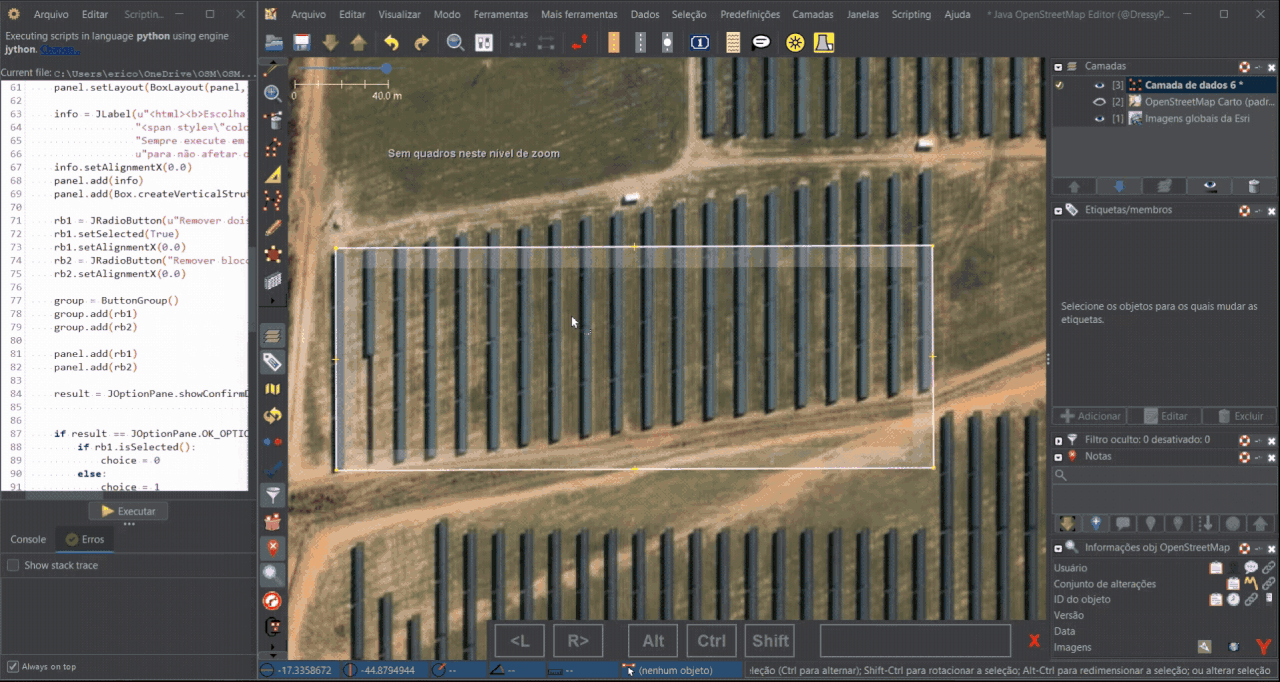2025.09.08
I am two days late to write this post. Life gets in the way. However, I felt I should have this in writing. On 6 September 2025, after 11:30 PM, I suddenly realized that the ending day marks something significant. It marks the 10th year completion of my journey with OpenStreetMap. 10 years ago, on this day in 2015, I entered a workshop arranged by Save the Children International in Bangladesh. The workshop was arranged by a project named Kolorob (Bengali word for the sound of a lot of people cheering together) who were training youths on how to edit OpenStreetMap. Little did I know back then that it will entirely change the direction of my life.
10 years since 6 September 2015 consists of 3654 days. Checking my HDYC told me that I mapped 3425 days in that 10 years. That is about 9.38 years of mapping each day. It felt quite overwhelming. Mapping became such an integrated part of my life that it hardly feels something I do, rather something automated that is to be done regularly.
It was a rewarding journey, mixed with bittersweet memories of field mapping in hot summer days in the sun, venturing to unknown areas for GPS tracks, remotely mapping areas after areas that I will probably never visit, spending hours after hours on validating, figuring out how to best map an area, learning new tools, plugins, taking workshops, teaching and training new mappers, solving data collection problems, and so on.
Over time, due to various aspects of life and career, I drifted apart from organized mapping community. However, my mapping continued. I kept mapping unmapped areas of the world. My joy is to take a part of the world with no features mapped and then completing it, literally putting it on the map.
I hope to continue my mapping journey, one day at a time.





